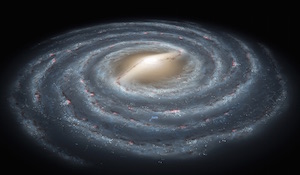He who controls the past controls the future! On the vanishing global warming hiatus
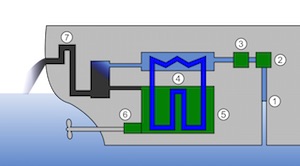
Bill Nye, the not-so-good-science guy
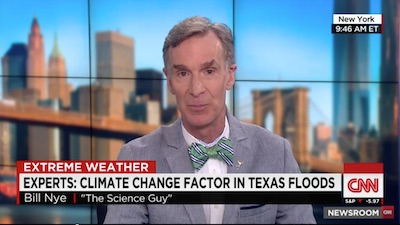
Euthanizing Overholt et al.: How bad can a bad paper be?
Bits of Science / Roundup #1
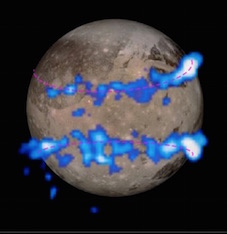
The Funding Witch Hunt

Sights from a Field Trip in the Milky Way: From Paleoclimatology to Dark Matter
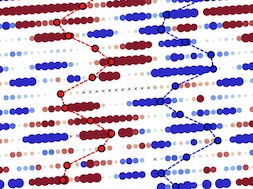
Upgraded site!
A friend has passed away
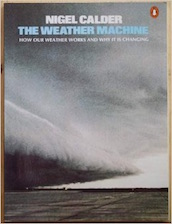
The IPCC AR5 – First impressions
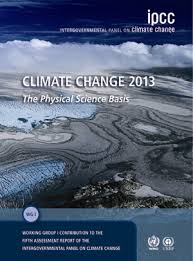
The IPCC summary for policy makers is out, and as I started writing these lines so was the last draft of the main report. Of course, it will take a while to digest the 2200 pages of the full report (it has a lot of starch!). Until I do, here are my first impressions from having read the summary and having skimmed the full scientific report.
Gravity waves in rain clouds over the Arava valley
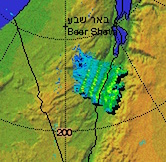
Spring weather here in Israel was rather strange. Although winter with most of its precipitation should have been over, we had a few very rainy days. We're now in the midst of a heat wave with temperatures as much as 20°C higher than just a week before. In between there was a nice gravity wave appear over the Arava Valley, the first one I have ever seen in a rain radar!
Predicting a supernova precursor (on SN2010mc)
A very interesting paper recently appeared in nature. It describes the detection of a precursor eruption of a supernova progenitor more than a month before the supernova explosion itself. It is particularly interesting because this detection was not serendipitous—it was based on my prediction.

Video Lecture: Solar vs. Anthropogenic—Better Understanding of 20th Century Climate Change
Last month I participated in EIKE's (Europäisches Institut für Klima und Energie) conference on Climate Change. They video record the lectures, which means that mine is now online. I thought I'd share it with you. Have fun.
Dust Dendrites
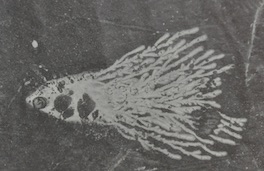
My wife and I had our kitchen renovated aaa. Since this involved breaking a few walls (and cutting out a new window), we knew it would raise a lot of dust. Mind you, here in the middle east houses are built from concrete and concrete blocks, not wood. To minimize the dust annoyance (and damage), we decided to quarter off the living room from the kitchen by using large nylon sheets hung from the ceiling to the floor.
The worst of the BEST
I was asked by quite a few people about my opinion on the BEST analysis of Richard Muller and his group in Berkeley. Since I didn’t want to keep my friends without an answer, I took a more careful look into the analysis. Here is what I think of it.
[Edit 2019: I noticed that the Berkeley website changed its structure, so the link is dead. However, the actual paper has since appeared]

